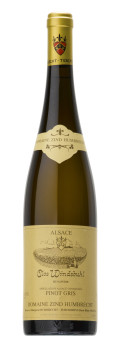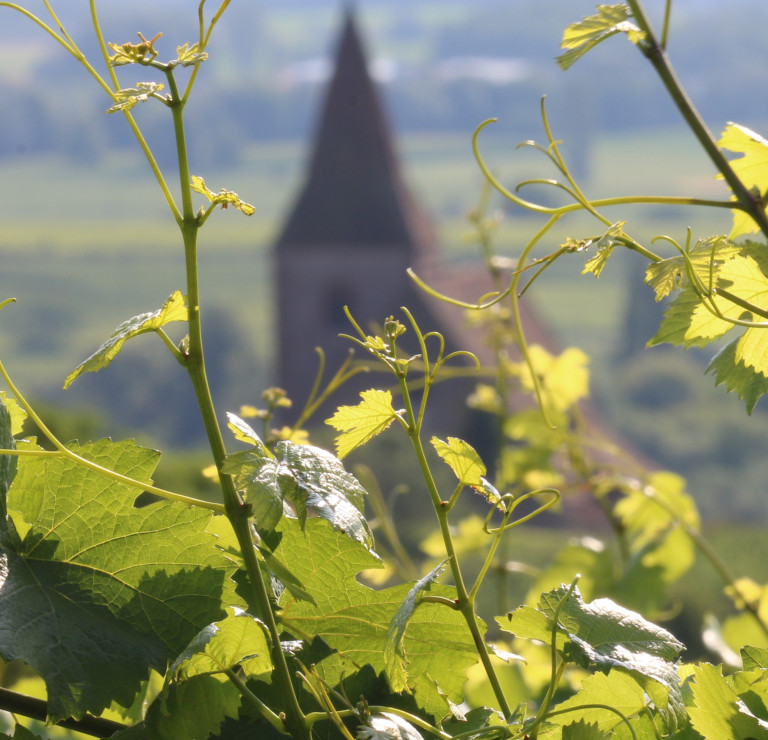
Technical presentation
| Bottling : | July 2007 |
|---|---|
| Acquired alcohol : | 13.5° |
| Residual sugar : | |
| Total acidity : | 3.8 g/l H2SO4 / (5.8g/l Tartrique) |
| pH : | 3.58 |
| Yield : | 30 hl/ha |
| Average age of vines : | 29 years |
| Grape variety : | Pinot Gris |
| Terroir : | Clos Windsbuhl |
| Sweetness index : | 4 |
| Soil : | Muschelkalk calcareous, South East facing, South facing |
Description of the wine Pinot Gris Clos Windsbuhl 2006
For most people in the area, Windsbuhl is a cold spot! This is true, but it doesn’t mean that the grapes cannot ripe very well given the proper viticulture and waiting long enough. Thankfully, the rocky calcareous soil and steep slope provide a good micro climate. The grapes can ripe slowly but surely, keeping a textbook acidity and structure. In 2006, it would have been perhaps possible to let the grapes go as far as in 2005, but we really feared the bad weather and decided to harvest when the grapes looked good! Tasting the Clos Windsbuhl 2006 makes us believe that we took the right decision. The fermentation was very slow (10 months) and the wine found a natural balance in a sweet style. So different from the Riesling !

Tasting notes
01/2008 : The nose is perhaps one of the most open for a Pinot Gris in 2006: lots of fruits, aromatic herbs, light toasty aromas. A calcareous soil will never produce a fruit bomb, it isn’t in the nature of such vineyard, so there is always a certain restraint aspect in the personality of the Windsbuhl. The palate is delicate, sweet, precisely structured, and not fat and round as the numbers could evoke. Again, this is a wine that deserves some ageing.

The Clos Windsbuhl of Hunawihr
The altitude of the vineyard coupled with Hunawihr’s tardy climate means that the Clos Windsbuhl is often one of the last of our vineyards to be harvested. This explains the aromatic quality of the Clos’ wines and the consistent balance of acidity, a guarantee of good ageing. Although often harvested late, the Windsbuhl grapes are only rarely botryitized, doubtless due to the altitude of the vineyard, but nevertheless often reach high levels of maturity.